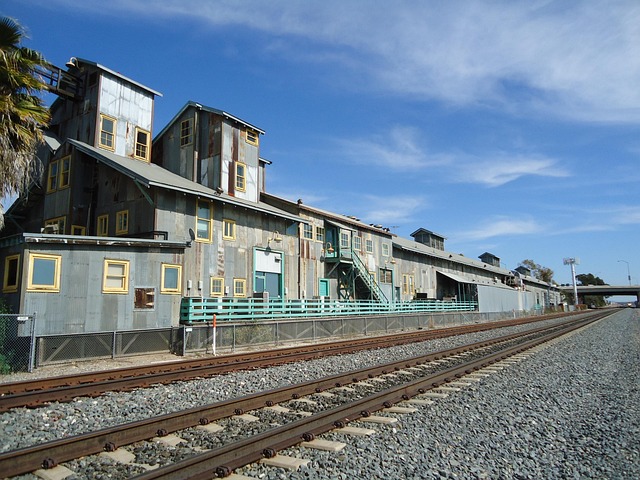Nationally, the demand for real estate has shifted dramatically, driven by escalating living costs and the need for affordable housing options, particularly in urban areas. This shortage impacts young professionals, families, and retirees who seek cost-effective living without sacrificing location or amenities. To address this issue, stakeholders are implementing strategies like subsidized housing programs, inclusive zoning policies, and innovative design solutions, fostering more vibrant, accessible communities for diverse populations. Demographic shifts and economic fluctuations further emphasize the need for real estate that caters to a wide range of affordable housing needs.
In today’s competitive real estate market, the demand for affordable housing is on the rise, attracting new residents across diverse demographics. Factors like demographic shifts, economic changes, and a growing recognition of livability concerns are driving this trend. This article explores effective strategies to make affordable housing appealing, delving into the role of location, community amenities, and modern design. We also examine successful case studies showcasing how balanced urban planning can balance affordability with sustainable urban development.
The Rising Demand for Affordable Housing

In recent years, the demand for affordable housing has skyrocketed, driven by rising living costs and a growing need for accessible real estate options. This trend is particularly evident in urban areas where population growth outpaces new development, leading to a shortage of affordable units. Many young professionals, families, and retirees are finding it increasingly difficult to secure housing that fits their budgets without sacrificing location or amenities. As a result, the search for cost-effective living arrangements has become a top priority for individuals and communities alike.
The rising demand for affordable housing is not just a local phenomenon but a nationwide trend impacting real estate markets across the country. Governments, non-profits, and private developers are responding to this challenge by implementing various strategies, such as subsidised housing programs, inclusive zoning policies, and innovative design solutions. These efforts aim to create more accessible communities, ensuring that diverse populations have opportunities to thrive in safe, affordable, and vibrant environments.
– Exploring the factors driving the need for more affordable housing options.

In recent years, the demand for affordable housing has surged, driven by a multitude of factors reshaping the real estate landscape. One significant contributor is demographic change, with an increasing number of young professionals, students, and retirees seeking cost-effective living solutions. This trend is especially prominent in urban areas where high property prices and rental rates have pushed many to explore more budget-friendly alternatives. Additionally, the rise of remote work has allowed individuals to relocate to less expensive regions while still maintaining their professional connections, further amplifying the need for affordable housing options outside traditional metropolitan centers.
Another crucial factor is the growing awareness of social and economic inequality. Many communities are actively working towards creating more inclusive environments by providing accessible housing for low- and moderate-income earners. Government initiatives, partnerships with developers, and non-profit organizations are collaborating to bridge the housing gap, ensuring that diverse populations have access to safe, decent, and affordable places to call home. This shift in focus towards equitable real estate practices is not only a moral imperative but also contributes to fostering more vibrant, sustainable, and integrated communities.
– Demographic shifts and economic changes impacting housing markets.

Demographic shifts play a significant role in shaping real estate markets, as populations move and grow, they drive demand for housing. For instance, younger generations often seek affordable urban living, while aging demographics might prefer suburban or rural areas. These changes create unique pressures on local housing stock, with prices and availability adjusting accordingly. Economic factors also heavily influence the real estate landscape; during economic booms, buyers’ confidence soars, leading to a surge in property investments and potentially inflating prices. Conversely, economic downturns can cause market slowdowns, prompting developers and investors to focus on more budget-friendly options.
As a result, we’re witnessing a growing emphasis on affordable housing solutions to cater to these diverse needs. Many cities are now prioritizing the development of accessible housing to attract new residents, ensuring a balanced and vibrant urban environment. This shift in focus reflects a conscious effort to create sustainable communities that can adapt to the ever-changing demands of modern societies, providing an appealing prospect for prospective homeowners and renters alike.






